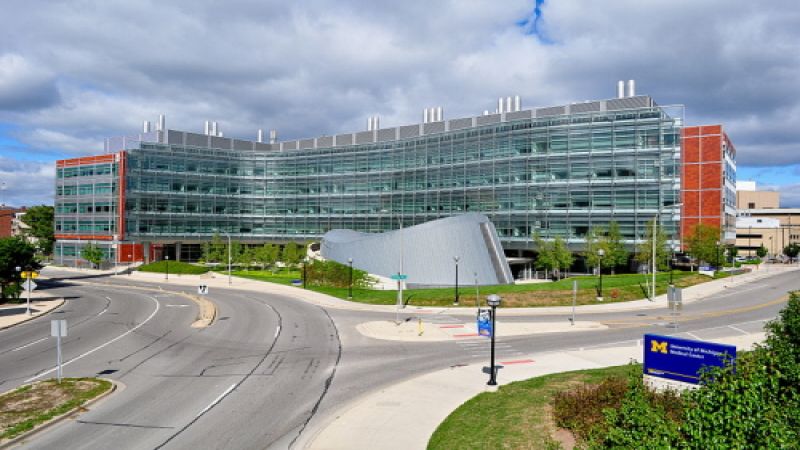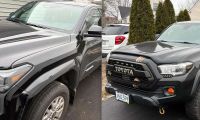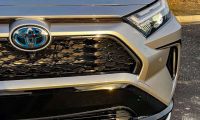This advanced technology will be tested in a major study using drivers on roads in Ann Arbor (pictured). The study will last one year. The tests will aim to reduce the number of vehicle crashes in America.
The Safety Pilot will include the installation of wireless devices in up to 3,000 vehicles in one location to evaluate the effectiveness of connected vehicle technology to prevent crashes, a Transportation Department statement said. It will take place in Ann Arbor from August 2012 to August 2013.
The tests will review "connected vehicle technology" in an everyday environment. The pilot announced today will allow drivers using cars, trucks and transit vehicles fitted with wireless devices to carry out their normal routines while their vehicles sense the presence of other equipped vehicles nearby.
“Safety is our No. 1 priority, and this research could save lives and prevent injuries across America,” said U.S. Transportation Secretary Ray LaHood. “With more than 30,000 people a year killed on our nation’s roads, we need to keep looking for new ways to improve safety and reduce fatalities.”
During the pilot, drivers will be alerted to impending dangers in real time so they can avoid crashes. The federal government will collect data from the vehicles to understand how different types of motorists respond to safety messages.
“This test will be an important step toward the U.S. Department of Transportation’s top priority – a safer transportation system,” said Peter Appel, administrator of the Research and Innovative Technology Administration.
“Technology is an investment in the future and this pilot deployment of vehicles that ‘see’ and ‘talk’ with one another with the help of wireless communication will allow us to learn how drivers use electronic alerts to avoid crashes in a real-world environment.”
“We envision connected vehicle technology as a platform to save many lives on America’s roads and foster innovations we’ve yet to imagine – a game-changer for vehicle safety,” said National Highway Traffic Safety Administration Administrator David Strickland.
“When completed, the pilot will demonstrate first-hand how connected vehicles communicate in the real world, bringing us a step closer to what could be the next major safety breakthrough.”
According to the feds, the Safety Pilot is the second part of a two-part Connected Vehicle research initiative. The first part is the Safety Pilot Driver Acceptance Clinics, which began on Aug. 8. The driver clinics are the first step in identifying how motorists respond to innovative wireless devices for safety.
Participants in the six driver acceptance clinics will test cars equipped with connected vehicle devices in a controlled environment where researchers can observe the drivers’ responses to the technology. The connected vehicle technology uses dedicated spectrum at 5.9GHz known as Dedicated Short-Range Communication. The Connected Vehicle Safety Pilot research program was created to collect data so NHTSA can make decisions about the use of connected vehicle technology that is based on reliable, scientific information. NHTSA’s decision on the future of connected vehicle technology is expected to be made in 2013 for light vehicles and in 2014 for heavy vehicles.
You can reach TN's Hawke Fracassa at [email protected] and on Twitter @HawkeFracassa
Image source: Wikipedia
Related story
http://www.torquenews.com/1063/gm-ford-others-may-get-connected-vehicle-technology-2013












Comments
Such tests are always
Permalink
Such tests are always important to be done in order to get a safer transportation system.